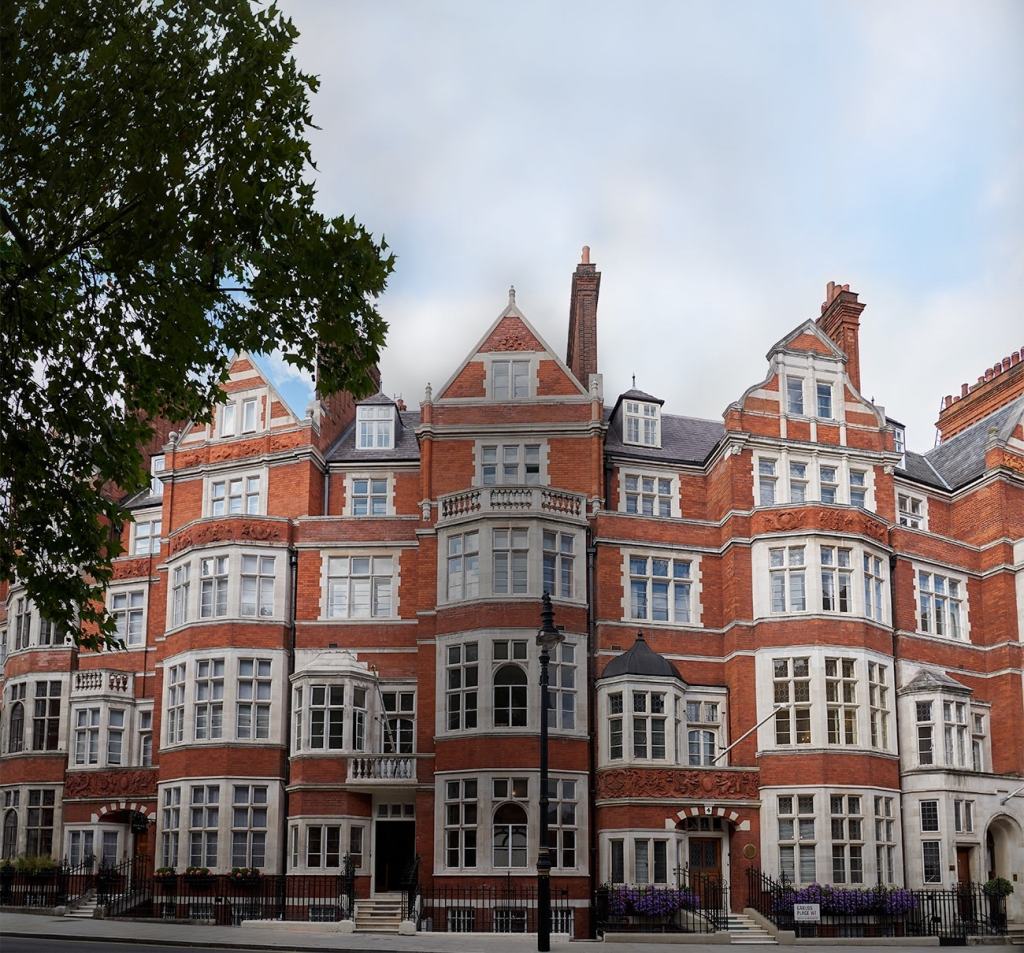PARIS — French jeweler Gemmyo is stepping up its international expansion with plans for a Tokyo store.
The brand has signed a lease for a 950-square-foot unit in Shibuya, near Omotesando boulevard, the tree-lined thoroughfare home to international luxury houses such as Harry Winston and Boucheron.
Its interiors will be designed by Tokyo-based architectural practice Fumihiko Sano, which previously worked on numerous hospitality and retail projects, including a 2019 installation in Salvatore Ferragamo’s Ginza boutique.
This ninth boutique, the first outside continental Europe for the digital native brand founded in 2011 by husband-and-wife duo Pauline Laigneau and Charif Debs, is slated to open in the fourth quarter of 2024.
It signals the wider ambitions of the company, which still does 50 percent of its business online and employs around 80 people. Laigneau said it was aiming to reach 100 million euros in revenues within the next five years.

The brand made its mark with Made in France jewelry priced from around 600 euros for small earrings to 50,000 euros for designs with sizable stones. Watches, introduced in May 2023, are made in Switzerland.
Although the privately owned company does not communicate on sales figures, the cofounder said France remained its top market, with an 80 percent share of the business. The current average spend is 2,000 euros, and transactions online have reached up to 30,000 euros.
“COVID-19 was a great accelerator for us and I think we took market share in France and it was the opportunity to open internationally, which we did with Switzerland and Belgium,” Laigneau said. The brand has stores in Brussels and Geneva.
Despite the luxury slowdown, the company is expecting revenues to increase 30 percent this year, with much of that growth coming from international sales, she said. Laigneau also noted that given the record price of gold, which hit $2,431 per troy ounce in April and could even top $3,000 within six to 18 months, Gemmyo may need to increase prices this year.
Switzerland now accounts for around 6 percent of sales and since the brand opened a pop-up at The Okura hotel in Tokyo in December, Japan has grown to 2 percent — a similar size to the U.S., where it only sells online. The temporary store in Tokyo, which functions by appointment in a hotel suite, is set to remain open until June.
“We are trying to be an alternative to traditional luxury so we are also going toward markets that aren’t the classic ones. That’s why we didn’t start with China and went to Japan,” Laigneau said.
With its jewelry market expected to reach $9.67 billion in 2024, according to data and business intelligence platform Statista, Japan is among the largest jewelry markets in the world. The country has recently seen a boost in consumer spending, propelled by factors including its Nikkei index surging to a 34-year high in February.
According to a 2023 study Bain & Company coauthored with Altagamma, luxury sales in Japan are forecast to grow 6 percent this year.
Bernstein’s head of luxury goods Luca Solca described the Japanese luxury market as strong, supported by tourists on the back of a weak yen. However, he noted that price increases by Western luxury brands, effected in an attempt to put prices on par with other markets, were starting to dent local demand.
By the end of 2025, Laigneau said Japan could represent a market share of up to 10 percent, with a conservative estimate between five and eight percent. Gemmyo’s pared-back pieces, such as its latest Entaille collection, could resonate with Japanese consumers attracted to discreet designs with a focus on craftsmanship, and with the growing proportion of women shopping for themselves.
She described the Gemmyo consumer as a cosmopolitan urban professional with an interest in arts and culture, a taste for beautiful design and no appetite for logos — a segment that isn’t connected to any one nationality or culture.
“Our target is between 27 and 45 years old, with a sweet spot of thirtysomethings who are our core market, because that’s when they buy engagement and wedding rings,” she said, noting that bridal accounted for 50 percent of the company’s sales.
“We are all the same [in terms of aspiration] in this segment and age group and that’s really our target,” she continued. “That’s probably one of the reasons why we strongly believe in international development, something we hadn’t necessarily grasped when we launched.”

Another market where Laigneau feels she’ll find more of those logo-adverse jewelry consumers is the U.S.
“We will start with the same kind of ‘residency’ concept that really allows us to know the market. It’s a tool I find very interesting because it allows us to fine-tune our messaging, our positioning without committing too much before [opening] a store,” said Laigneau, naming the East Coast as its first priority.
In parallel, Gemmyo continue to develop its hotel-based pop-up format, with one slated to start in Zurich this summer, and virtual appointments, which generate around 5 percent of its business to date, according to the cofounder.
“It’s something we are keen to continue because we want to stay the most digital jewelry brand in the world,” she said.


